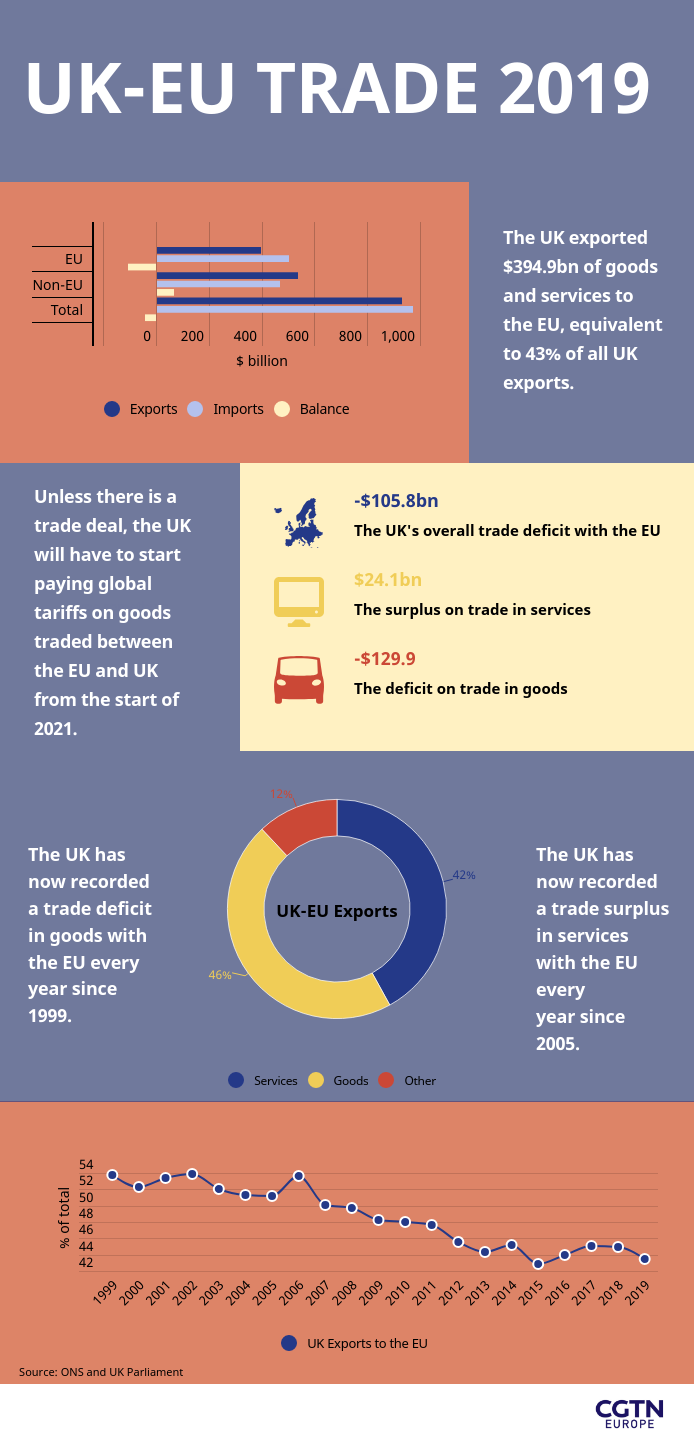
The EU also moved on to the sustainability pillar of its trade strategy. They made access to public procurement in the EU dependent on mutual access, agreed on a regime to restrict the distorting influence of foreign subsidies, and started to discuss the proposal for an anti-coercion tool. That is why member state trade ministers focused on toughening up EU trade policy under the French presidency of the EU Council. The other reason was timing, with the French government having blocked any major trade deal ahead of the French presidential and parliamentary elections earlier this year. In a geopolitically more tense environment where trade dependencies are levered for political purposes, assertiveness seems more urgent than further opening up.

In early 2021, the European Commission presented a new trade strategy, arguing for an “open, sustainable, and assertive trade policy.” However, from these three goals, “the openness has been a little bit neglected”, a senior EU diplomat told EURACTIV. Nevertheless, more momentum still seems to be on the unilateral trade measures currently being negotiated in the bloc.
#EU TRADE BLOCS FREE#
Depending on the level of economic integration, trade blocs can be classified as preferential trading areas, free-trade areas, customs unions, common markets, or economic and monetary unions.This article is part of our special report A hard winter up ahead.Īfter a slow year, the EU’s free trade agenda is picking up speed under the Czech EU Council presidency.

Trade blocs can be stand-alone agreements between several states (such as the North American Free Trade Agreement) or part of a regional organization (such as the European Union). So, a trading bloc is a formal agreement between two or more regional countries that remove trade barriers between the countries in the agreement while keeping trade barriers for other countries. For example, the European Union is an economic union. Economic Union – A common market that is taken further by agreeing to establish common economic policies on such things as taxation and interest rates and, even, a common currency.For example, no permits are required to work in another member country. Common Market – This is a customs union in which the members also agree to reduce restrictions on the movement of factors of production – such as people and finance – as well as reducing barriers to the sale of goods.Customs Union – Countries that belong to customs unions agree to reduce or abolish trade barriers between themselves and agree to establish common tariffs and quotas with respect to outsiders.For example, the North American Free Trade Agreement (NAFTA) between the USA, Canada & Mexico created a free trade area.


Free Trade Area – Members agree to reduce or abolish trade barriers such as tariffs and quotas between themselves.Trading blocs are a form of economic integration, and increasingly shape the pattern of world trade. It is a type of intergovernmental agreement, often part of a regional intergovernmental organization, where regional barriers to international trade, are reduced or eliminated among the participating states, allowing them to trade with each other as easily as possible. A regional trading bloc is a group of countries within a geographical region that protect themselves from imports from non-members. It is a type of intergovernmental agreement, often part of a regional intergovernmental organization, where barriers to trade (tariffs and others) are reduced or eliminated among the participating states. A trade bloc is an agreement between countries intended to reduce or remove barriers to trade within member countries.


 0 kommentar(er)
0 kommentar(er)
